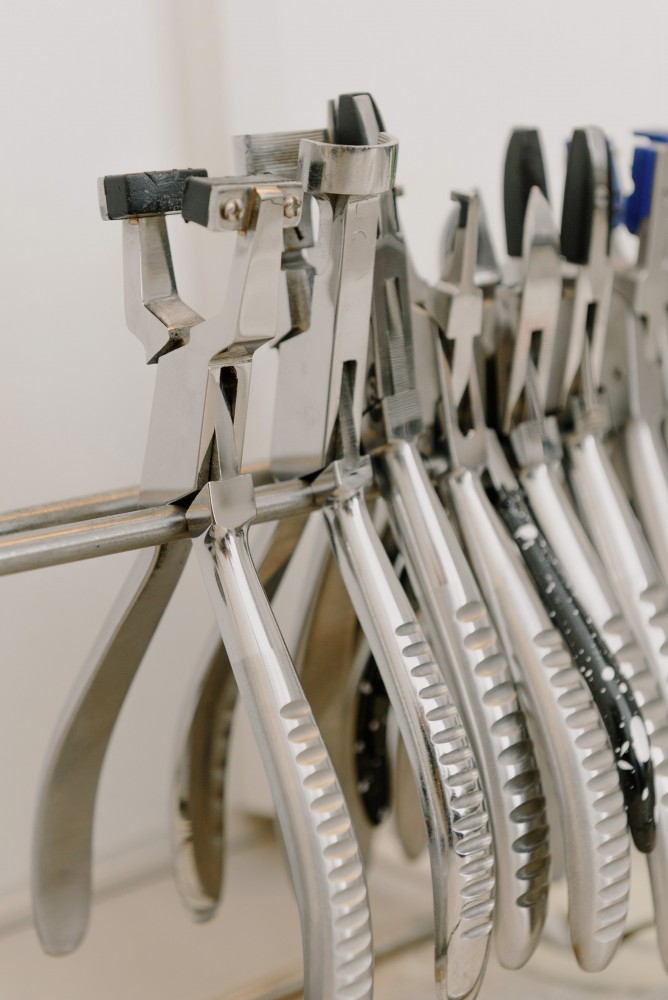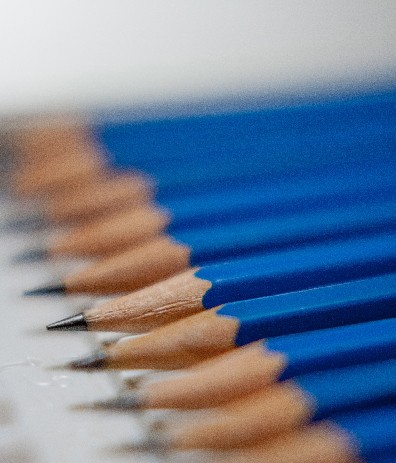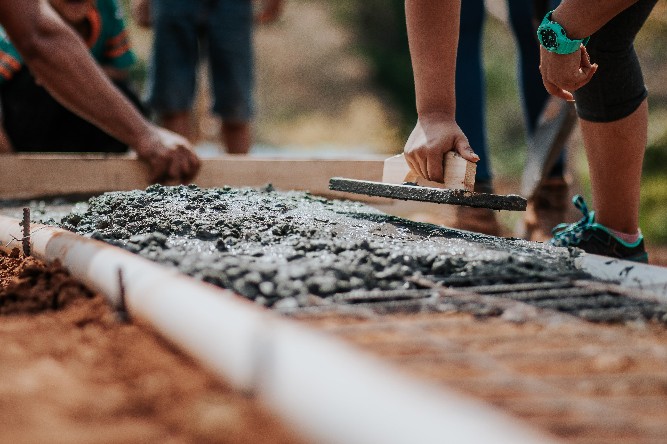How To Mix Your Music
Jun 27, 2022, 12:56:00 PM
Need a professional mix or mastering? BOOK US today!
LAST TIME, we talked about the mindset and laid out some practices of how to get your head in the zone, and now it's time to dive into the practical side of mixing.
Having a good workflow is essential for getting good mixes, because when you work fast, you get the best results. It might seem strange at first, but overthinking things is a common mistake everyone does. But what makes a good workflow, and how does one create one?
There is no concrete answer to this, and everyone has to find it for themself. It all depends on what type of mindset you have and what gear you work with on a daily basis.
We will try to lay down some basic rules you can follow while developing some good habits that will help you to get better results... ready? Let's go!
Rebind and learn hotkeys

Working fast is actually a common advice, that other mixing engineers give you. One habit, that will speed up your workflow immensely, is using hotkeys. Most if not every DAW these days have the option to rebind hotkeys. A good idea is to eliminate as much hotkey combos as possible for the most commonly needed functions. That means, that, duplicate, cut, mixer, piano roll... should have a one keystroke bind to them. It saves you a lot of time, and eliminates a lot of mistake key combos.
So think about it and try to pin down the most common features you use, and bind them in a way, so you use only single keys.
Moreover, another great way to bind them is so that these are bind to keys on the first half of the keyboard, so you don't have to move your hand around too much and/or look at the keyboard.
Now obviously, the second set of hotkeys should be again a single press keys, but on the other half of the keyboard. Still, those are for functions you frequently use, but not as frequently as the ones before, so they can be bound on the farther set of keys.
And lastly, hotkey combos should be for functions you don't use too often, but still don't want to go through complicated menus when calling them.
Having comfortable and quick to access hotkeys is the basis for being able to work fast in your DAW, so make sure you think this through, test and adjust before you get used to a configuration, that isn't optimal.
PS: This is coming from us, as lifelong gamers (StarCraft)
Know your tools
Now that you know your hotkeys, it's time to learn the tools you need for your work. To fix problems efficiently, is to fix them fast, so that means if you hear a resonant frequency in one of the instruments, you should know what EQ to use to fix that. You simply don't have the luxury to think about what's the best EQ in the world right now, because there is work to be done. Use what you know and learn about better options later. To be clear here, we don't say to stick around stock plugins or not to look for better options – yes, of course, always do that, but do it OUTSIDE the mixing session. Your job is to get the mix sounding decent before it's delivered to mastering, and that requires focus. Unless you face a problem, that your current set of plugins or HW gear cannot fix, stick to what you know best.
So your task right now is to choose the essential go-to plugins or HW gear, learn them, get comfortable with them, and use them to your best knowledge.
If you think the gear you have right now won't do the trick, write down the problem you're facing, do the research later and move one to the next thing on the list. If you start to look for new plugins/solutions during a mixing session, you'll be losing focus and time. That hurts you and your mix, so keep that in mind.

Be organized

Having audio tracks, stems, instruments in folders and color coded helps you orient yourself around. There is no better workflow killer than having to search your current session for the violin for the 10th time. Think about how you'd like to group the instruments together, and do it starting with the basics. We actually have a good recommended channel grouping for our customers to follow, so if you need an inspiration, check it out.
When mixing your own music, you have the benefit of having an absolute control over the source of all of the sounds. Having the option of mixing your own music is a double-edged sword. Yes, you can change practically anything, but music projects can end up in a total mess of unused sound, muted channels, redundant automation curves. We cannot stress enough how important it is for you to clean up this mess before your start mixing, and how organizing every single sound into groups and colors helps.
Start with the basics first
Now you have your hotkeys ready, your gear is set and good to go, and you have your audio tracks, instruments and send channels grouped and colored – wait a minute...
Any mixing session should start by listening to the material first and making notes while doing it. Think about the gain staging, the sound clarity, panning. The notes you make in this stage should serve as a baseline for first adjustments before you move to EQing, compression, saturation.
Think about each instrument, how dominant it should be, where it should sit in the stereo field, and so on. It all comes down to having a good foundation to build upon.

If you don't have it, you can hardly make any good judgement in later stages, so make sure you take your time here. When you have that sorted out, you can move on to automating the volume, then some EQing, compression and so on.
Being systematic like this is very recommended, because it introduces an easy-to-follow workflow, and later on, it's easier to fix details you or your customer wants you to change. If you don't make this your habit, going back into your mix can be hell for you. When you're systematic in each and every step of the process, you actually realize you know what you're doing.
Summary
All of the above is obviously taking the topic on a broad scale rather than taking on the specific problems you might face during mixing. Getting your head in the zone is often more difficult, than tackling the issues tied to your music genre you're making. The idea of the second part is that once you get your head in the zone by following the first part, it's essential to stay in that state as long as possible by following the second. Having not to think about your DAW, plugins, and HW gear will help you to stay focused on the task at hand, and actually get some work done before your mind drifts again.
We think we've covered some of the most pressing matters on this topic, but if you think there is more to talk about for another whole part, let us know, and we'll see what we can come up with.
It's absolutely OK for you to just focus on making music, writing and recording vocals and just focusing on the art, and leaving the post-production on someone else. In that case....
